Pizza has been an iconic comfort food for decades, and many chains have left a lasting mark on American culture. While some brands have stood the test of time, others couldn’t survive shifting consumer preferences, competition, and changing business trends. These old-school pizza chains were once household names, offering unique flavors, dining experiences, or clever marketing. Though they are gone, they remain fondly remembered by fans who grew up enjoying their cheesy slices. Here are nine chains that disappeared over the years.
1. Shakey’s Pizza Parlor
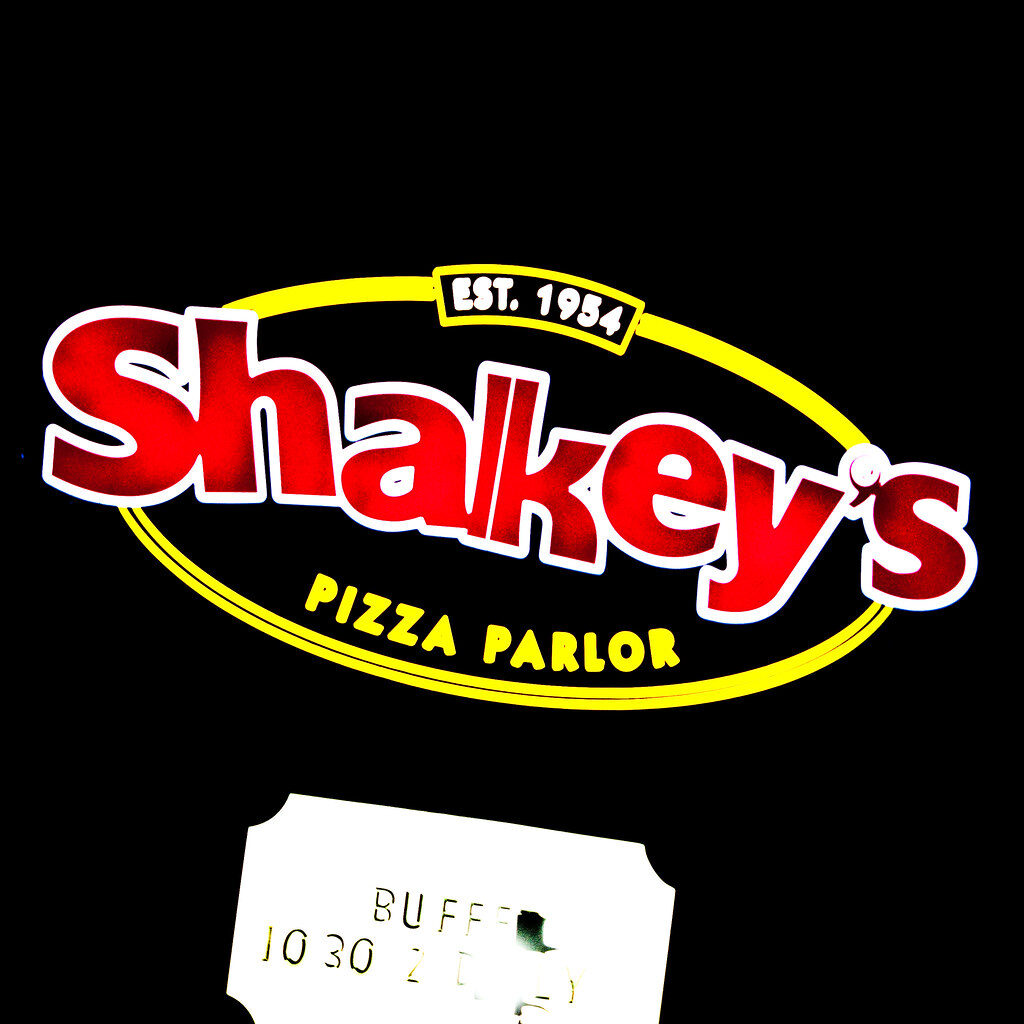
Founded in 1954 in Sacramento, California, Shakey’s Pizza Parlor was one of the first national pizza chains in the U.S., known for its casual family-friendly atmosphere and live music. Its thin-crust pizzas and bottomless root beer pitchers attracted large crowds. The brand expanded rapidly during the 1960s and 1970s, reaching hundreds of locations. Despite its early success, competition from larger chains like Domino’s and Pizza Hut, along with financial mismanagement, led to Shakey’s decline. Today, only a handful of locations remain in the western United States.
2. The Pizza Factory
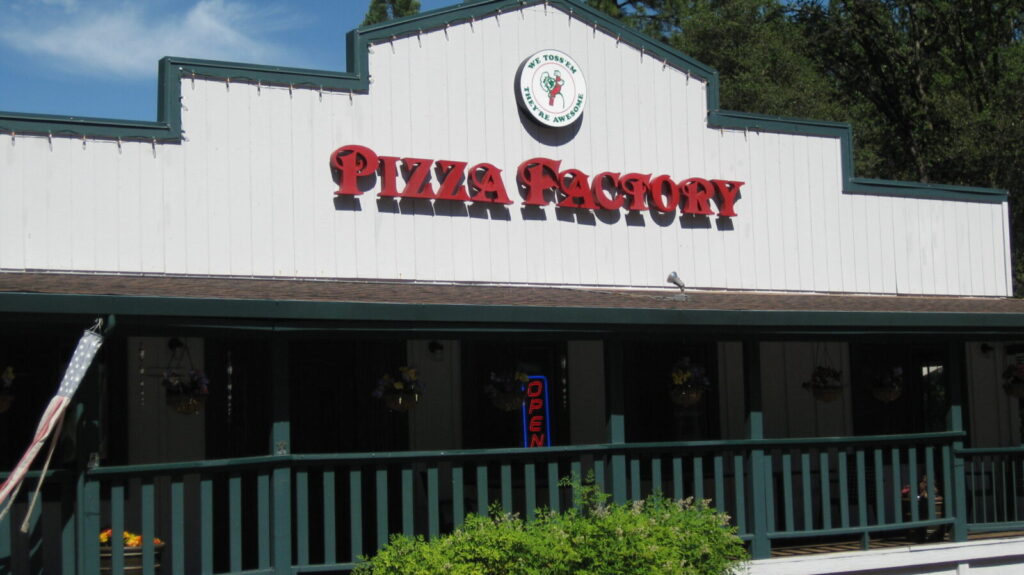
Established in 1979 in California, The Pizza Factory became well-known for its mascot-themed restaurants and family-friendly dining. Its slogan, “Pizza with Personality,” emphasized a quirky, welcoming atmosphere. The chain expanded primarily in the western United States but struggled to compete with larger national chains. Rising rent, labor costs, and shifting consumer preferences forced many closures. By the early 2000s, most locations had shuttered. Today, The Pizza Factory survives only in a few cities, but its unique approach to fun, creative pizza dining remains fondly remembered by loyal patrons.
3. Rosati’s Pizza
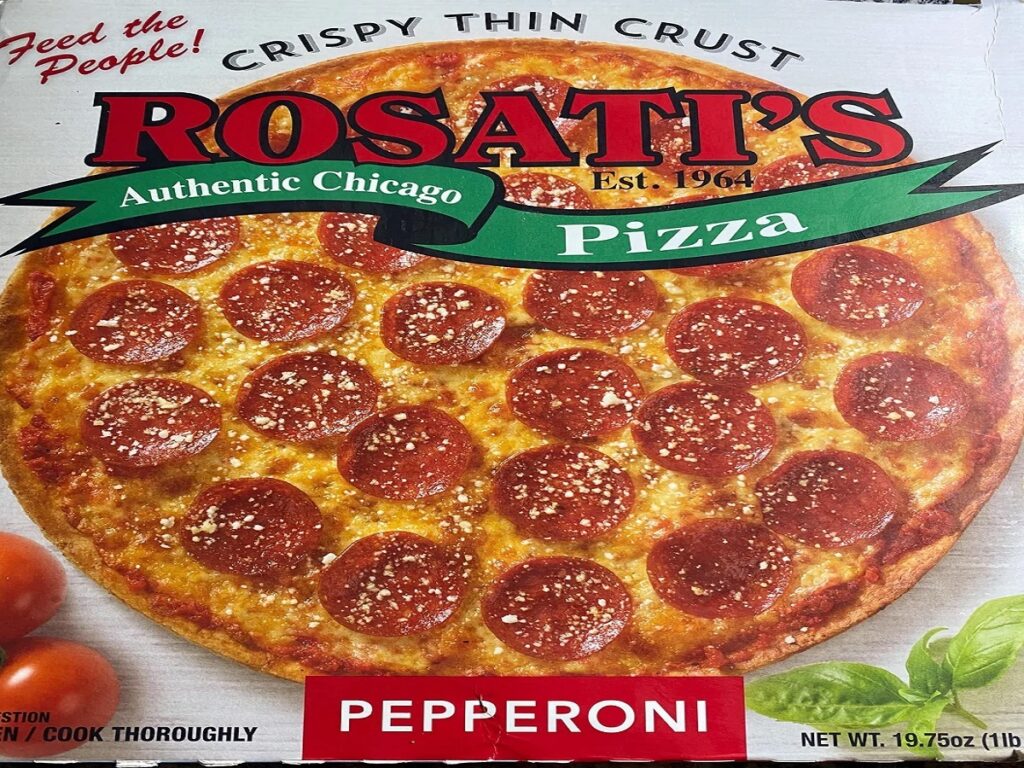
Rosati’s Pizza began in 1926 in Chicago, offering classic Italian-style deep-dish pizzas and a cozy neighborhood dining experience. It expanded in the Midwest over the decades, known for its authentic recipes and community focus. Despite loyal customers, national pizza chains, and changing tastes, created challenges for expansion. Many Rosati’s locations closed in the 1990s and early 2000s. While a few locations survive today, the chain’s early golden years are remembered fondly, representing a slice of history where traditional Italian-American pizza shaped regional dining culture.
4. Mr. Gatti’s Pizza

Mr. Gatti’s Pizza started in 1964 in Stephenville, Texas, and quickly became famous for its all-you-can-eat pizza buffets. Families loved the casual dining concept, and the chain expanded across the southern United States. Its focus on community events and birthday parties made it a local favorite. However, by the 2000s, rising food costs, competition from large national pizza chains, and shifting dining habits led to closures of many locations. While a few Mr. Gatti’s outlets remain in Texas, the brand’s widespread presence has disappeared, leaving only nostalgic memories for those who grew up visiting it.
5. CiCi’s Pizza
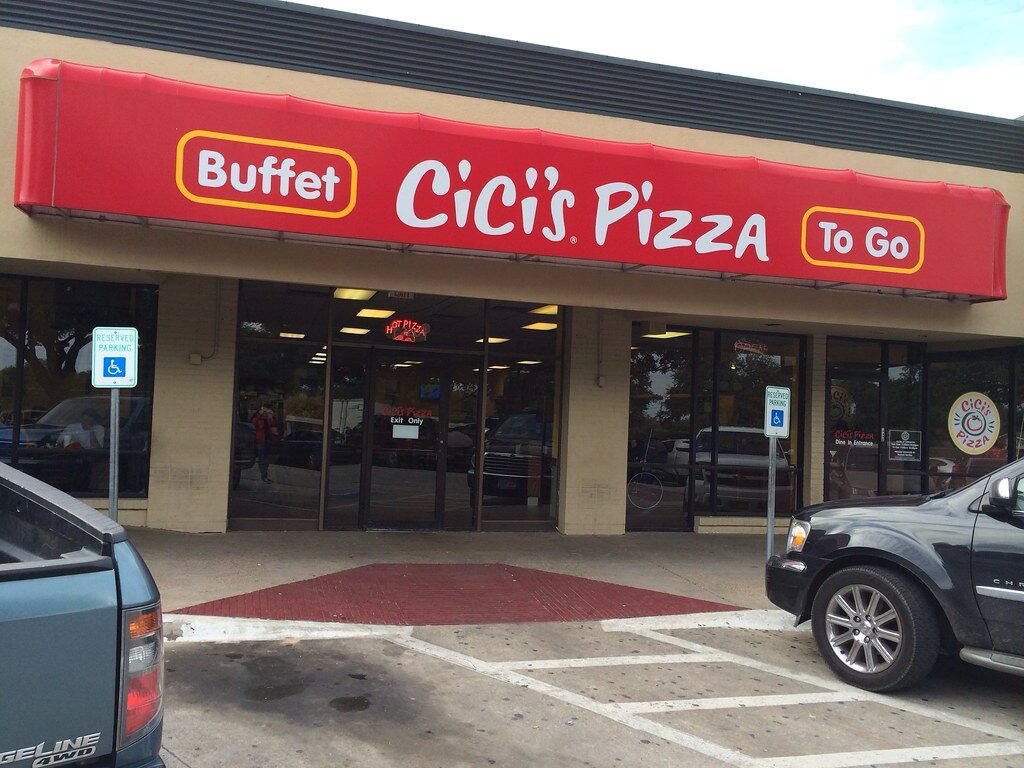
CiCi’s Pizza opened its doors in 1985 in Plano, Texas, offering an unlimited pizza buffet at an affordable price. Its model appealed to families and students seeking variety without overspending. The chain grew rapidly in the late 1980s and 1990s, expanding nationwide with hundreds of locations. Despite its initial success, CiCi’s faced challenges from health-conscious trends, competition, and inconsistent quality across franchises. The brand’s once-thriving locations declined, and by the 2010s, many stores closed, leaving CiCi’s a shadow of its former self. Today, only a fraction of the original outlets continue to operate.
6. Godfather’s Pizza
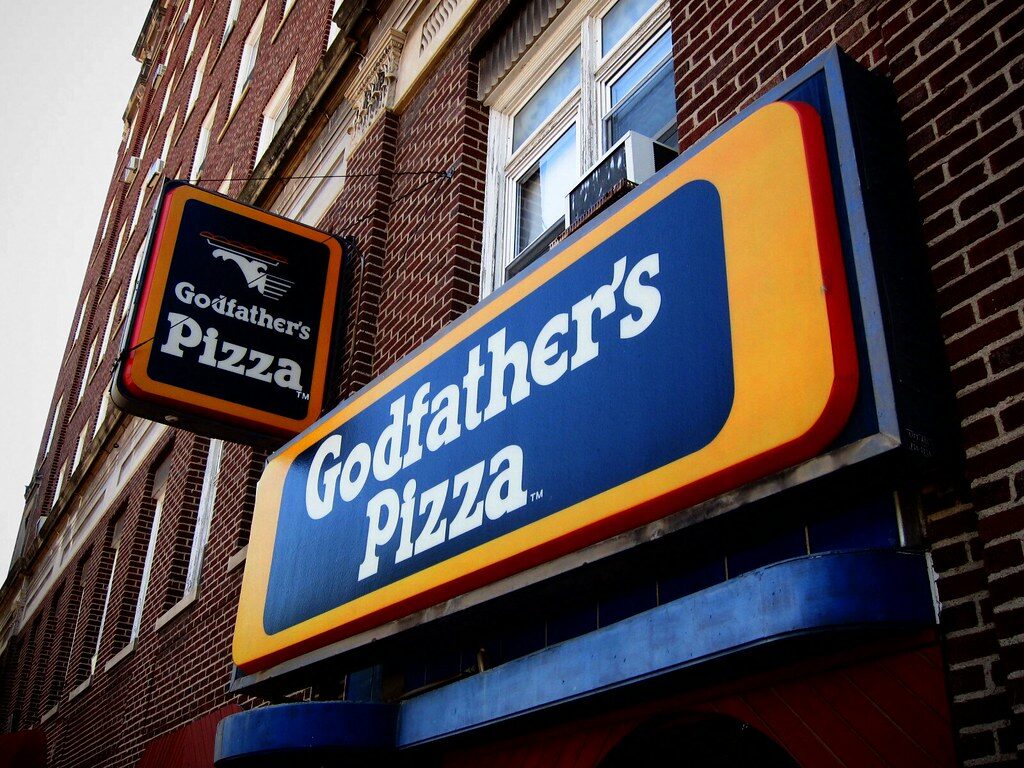
Founded in 1973 in Omaha, Nebraska, Godfather’s Pizza earned fame for its thick, hearty crusts and generous toppings. The chain often advertised through clever TV commercials, which boosted its popularity. By the 1980s, Godfather’s had expanded to hundreds of locations across the U.S., establishing itself as a family-friendly pizza option. However, intense competition from national brands and a lack of modern marketing strategies slowed growth. Over time, many franchises closed, and while the brand still exists in limited regions, it has lost the widespread recognition it once enjoyed during its peak years.
7. Pizza Time Theatre

Pizza Time Theatre, launched by the legendary Chuck E. Cheese in 1977, combined pizza with arcade games and animatronic entertainment. It pioneered the “dine-and-play” concept that became hugely popular with families. Locations featured birthday parties, games, and shows that attracted children nationwide. Despite early success, financial challenges and competition from larger entertainment venues forced many Pizza Time Theatre outlets to close in the late 1980s. Eventually, the company was acquired, and the original brand name disappeared. Today, Chuck E. Cheese carries on the legacy, but the original concept is largely a memory.
8. Peter Piper Pizza

Peter Piper Pizza opened its first location in 1973 in Arizona, providing a unique family dining experience with arcade games and pizza parties. Known for its bright, playful décor and generous slices, it grew steadily throughout the Southwest. While the chain remains in some areas, many early locations have been shuttered or converted to other brands over the years. Market consolidation, competition, and rising operational costs contributed to the closure of numerous restaurants. Nostalgic customers often remember Peter Piper Pizza for its fun environment and distinctive square-shaped pizza slices that set it apart from other chains.
9. Little Caesars (Early Locations)
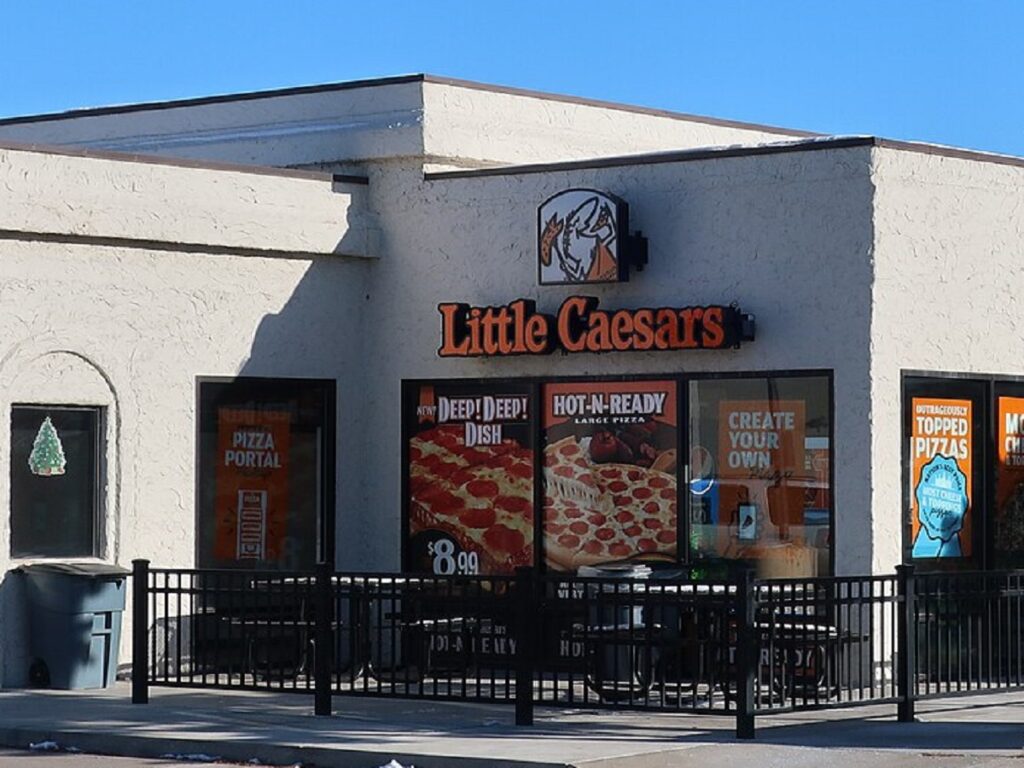
Little Caesars, founded in 1959 in Garden City, Michigan, is still active today, but many of its original stores that defined its early “Hot-N-Ready” concept no longer exist. The brand revolutionized quick-service pizza with affordable options, yet countless original outlets in small towns closed as the chain expanded into larger markets. These early locations hold a special place in the memories of longtime customers, representing the beginning of a fast-food pizza phenomenon. While the company thrives nationally and internationally, the disappearance of those first stores marks a nostalgic chapter in pizza history.
Comments